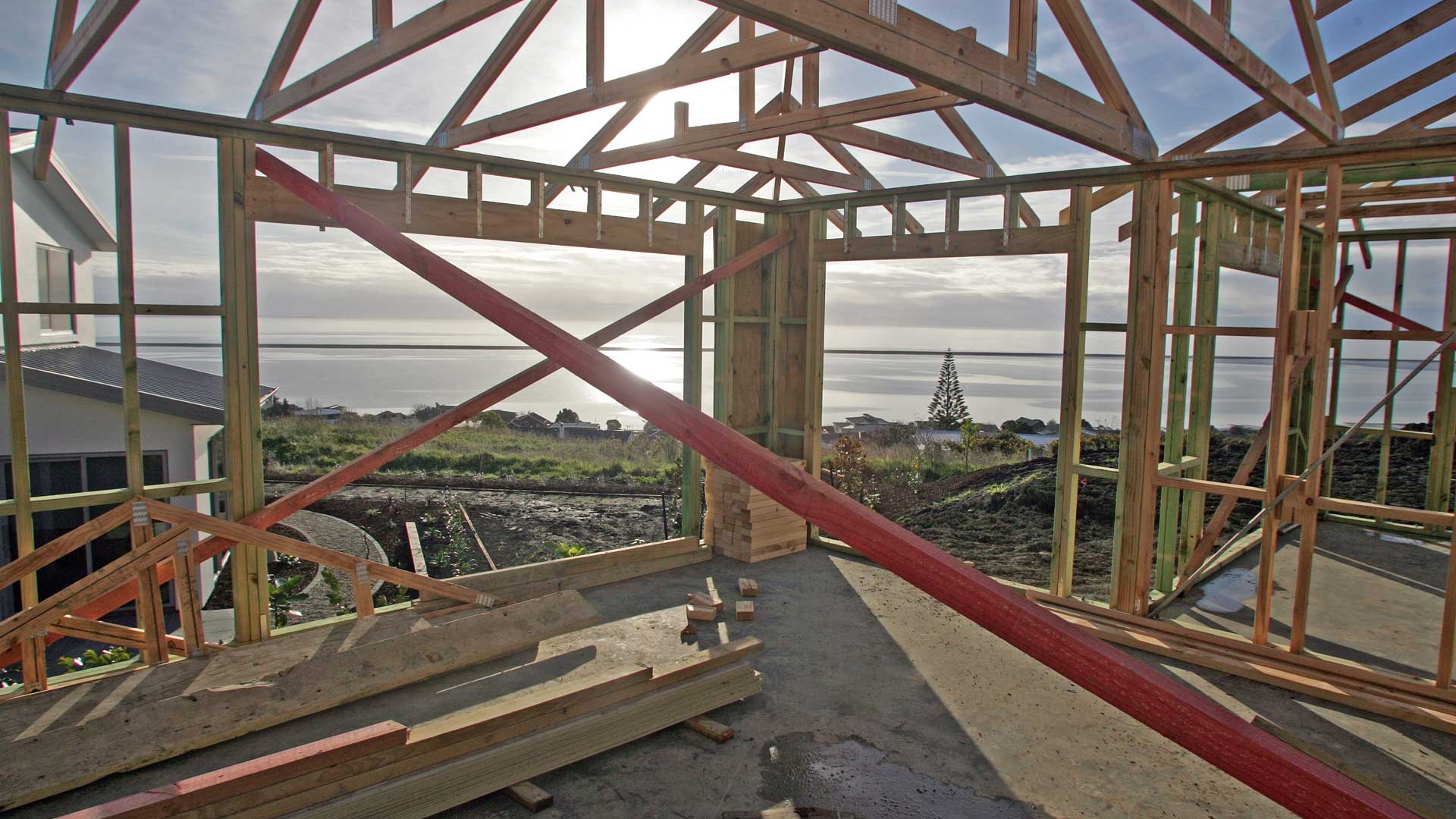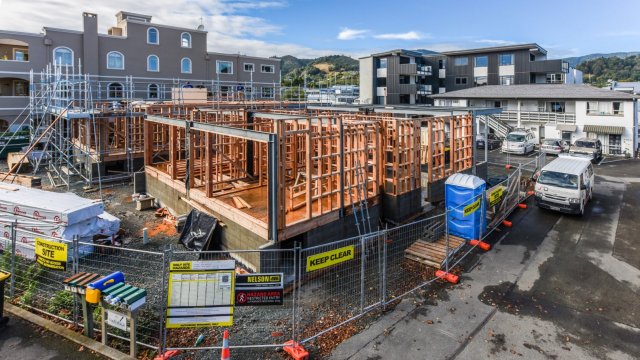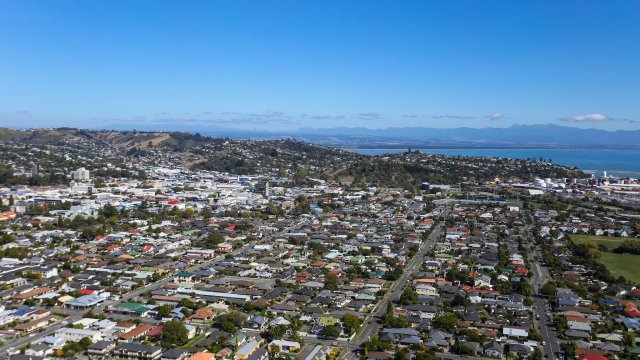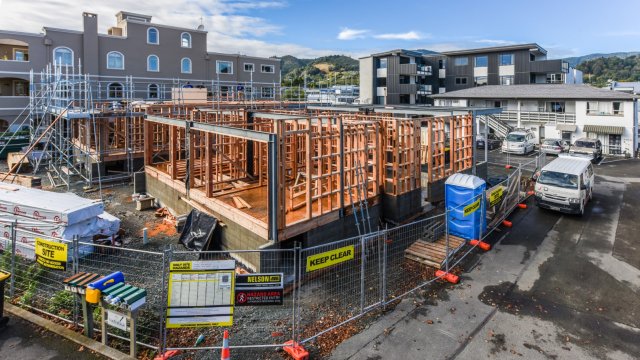Future Development Strategy recommendations refine Nelson Tasman growth objectives
17/06/2022 10:24am
Deliberation hearings on the Nelson-Tasman Future Development Strategy 2022-2052 (FDS) have now concluded.
The FDS is important as it is a guide for future housing development and intensification in Nelson-Tasman.
The FDS Subcommittee, consisting of six elected members from Nelson City and Tasman District Councils and an iwi representative, considered the submissions at meetings on May 31, June 1 and June 2. These meetings were open to the public via Zoom.
There were 558 submissions from the community during the consultation period in March and April 2022. The officers’ report to the Subcommittee commented on the submissions under 14 main themes. The report also outlined the officers’ analysis, responses and recommendations for changes to the final FDS.
In moving ahead with the strategy, the Subcommittee has considered the FDS objectives are aspirational and implementing the FDS will require balancing and trade-offs between strategy objectives.
Key recommendations that emerged from deliberations included retaining the draft FDS core spatial proposal of consolidating growth largely along State Highway 6 from Atawhai to Wakefield, but also including Māpua and Motueka and meeting the needs of Tasman’s rural towns. The recommendations also include retaining the high growth population projections.
When making its decisions, the Subcommittee considered modelling of vehicle GHG emissions from the various areas being proposed for residential development.
A large number of submitters expressed concern about the impact on GHG emissions of the Councils enabling development in areas where residents would need to travel by vehicles to work and school.
Due to a high number of submissions on the split between intensification and greenfield development and some reworking of the capacity provided for housing, an increase in the amount of intensification, infill and development of vacant greenfield zoned residential sites is recommended.
The region-wide split is now:
- 67% intensification, infill and development of vacant greenfield zoned residential sites
- 33% new managed greenfield sites not yet zoned and new rural residential sites.
In terms of the split by councils, Nelson could deliver:
- 56% through intensification and infill development of existing built-up urban areas.
- 20% of new housing via greenfield development on currently rural zoned land
- 24% on zoned but as yet undeveloped residential land
Tasman could deliver:
- 47% of new housing via greenfield and rural residential development on currently rural zoned land, 16% on zoned but as yet undeveloped residential land
- 37% through intensification and infill development of existing built-up urban areas
The Subcommittee clarified that the rate of intensification assumed is not a target, and that the Councils will aim for a greater proportion of growth to be catered for by intensification.
In response to submissions, a number of new, amended and excluded sites were also recommended during deliberations.
In Nelson, this saw the expansion of areas N-011 (Saxton) and N-112 (Orphanage West) by adding two additional areas called N-115 (Saxton Extension) and N-116 (Orphanage West Extension) while leaving the area N-011 as a single residential greenfield expansion area with any other land use to be considered as part of a plan change or resource consent application.
Tasman amendments included removed sites in Tākaka, Eighty-Eight Valley and Teapot Valley, added sites in St Arnaud, Tapawera, Motueka, Brightwater and Motueka Valley and excluded sites in Tākaka and Brightwater.
Sites relating to the secondary part of the proposal - a new community near Tasman village - have been recommended to be removed from the final FDS.
Among the reasons for changes to recommended sites were ecological concerns, landowner opposition, greenhouse gas emissions, new sites proposed through submissions scoring better than previous sites assessed and alignment with boundaries of sites proposed in Tasman’s current growth plan change.
Recommendations will now go to the Joint Committee of the Nelson City and Tasman District Councils on 27 July 2022 to consider adopting the Subcommittee’s recommendations.
Following this, the FDS is proposed to be adopted by the end of August.
Recordings of the deliberation hearings can be viewed on the Tasman District Council Meetings - YouTube channel.
For more details on the FDS, go to tasman.govt.nz/fds or shape.nelson.govt.nz/future-development-strategy.




